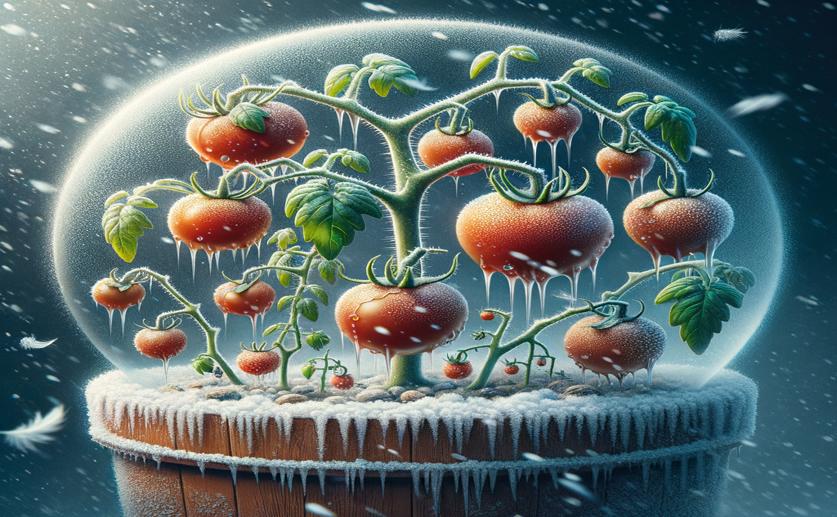
Understanding How Tomatoes Resist Cold at Different Growth Stages
Jenn Hoskins
6th September, 2024

Image Source: Natural Science News, 2024
Key Findings
- The study by the Volcani Institute focused on understanding cold tolerance in tomatoes to reduce losses during cultivation and storage
- Researchers identified specific genes and biochemical markers linked to cold tolerance by analyzing RNA transcripts in both chilling-tolerant and chilling-sensitive tomato lines
- Findings suggest that selecting for cold tolerance traits early in plant development can lead to tomato varieties with better postharvest chilling tolerance
VegetablesBiochemPlant Science
References
Main Study
1) Molecular and biochemical components associated with chilling tolerance in tomato: comparison of different developmental stages.
Published 5th September, 2024
https://doi.org/10.1186/s43897-024-00108-0
Related Studies
2) A new genetic linkage map of tomato based on a Solanum lycopersicum x S. pimpinellifolium RIL population displaying locations of candidate pathogen response genes.
3) Dissecting postharvest chilling injury through biotechnology.
4) The functions of phospholipases and their hydrolysis products in plant growth, development and stress responses.



 29th July, 2024 | Jenn Hoskins
29th July, 2024 | Jenn Hoskins